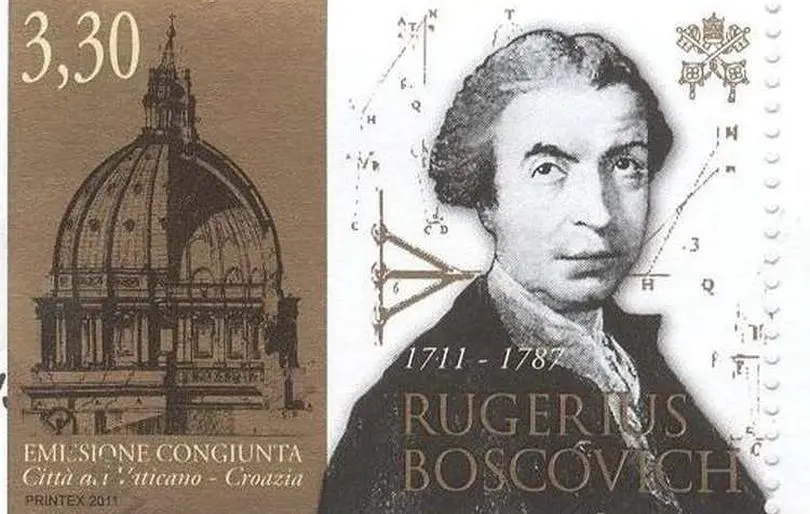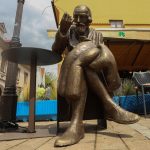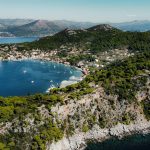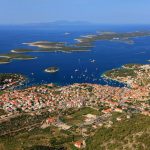December the 2nd, 2023 – Tesla, Penkala, Vrančić… the list goes on when it comes to great minds associated with Croatia. Here are five facts about Croatian astronomer Ruđer Bošković – a Dubrovnik born genius.
Bošković was proud of his Dalmatian identity
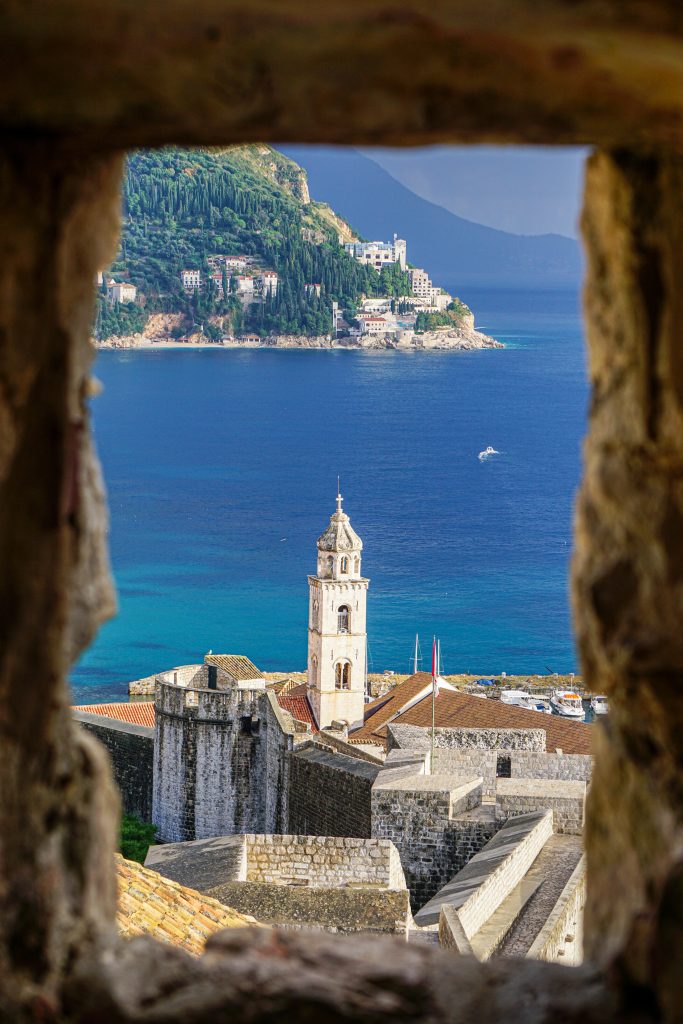
The concept of nationality, ethnicity and even religious affiliation have changed the depths of their meaning over time in this part of Europe, leaving many scratching their heads as to the mottled backgrounds of the likes of Tesla. Croatian astronomer Ruđer Bošković, however, was always clear and proud about his Dalmatian identity.
Referred to as an “Italian mathematician” by French Jean-Baptiste le Rond d’Alembert, Bošković was very quick to shut any such connotations down, replying that he was a “Dalmatian from Dubrovnik, not an Italian”. He did add however that due to the length of his time spent in Italy, he could understand why people often referred to him as such. Because of the fact that he spent so much of his life living in Italy, French philosopher Voltaire even wrote to him in Italian “as a sign of respect”.
Naturally, the Serbs have attempted to claim Croatian astronomer Ruđer Bošković as their own, even throwing a fit when Dubrovnik Airport changed its name to Ruđer Bošković Airport. In the words of the airport’s commercial director: “Of course Ruđer Bošković wasn’t a Serb”, and echoing Ruđer Bošković himself: He is a Dalmatian from Dubrovnik.
A lunar crater was named after him
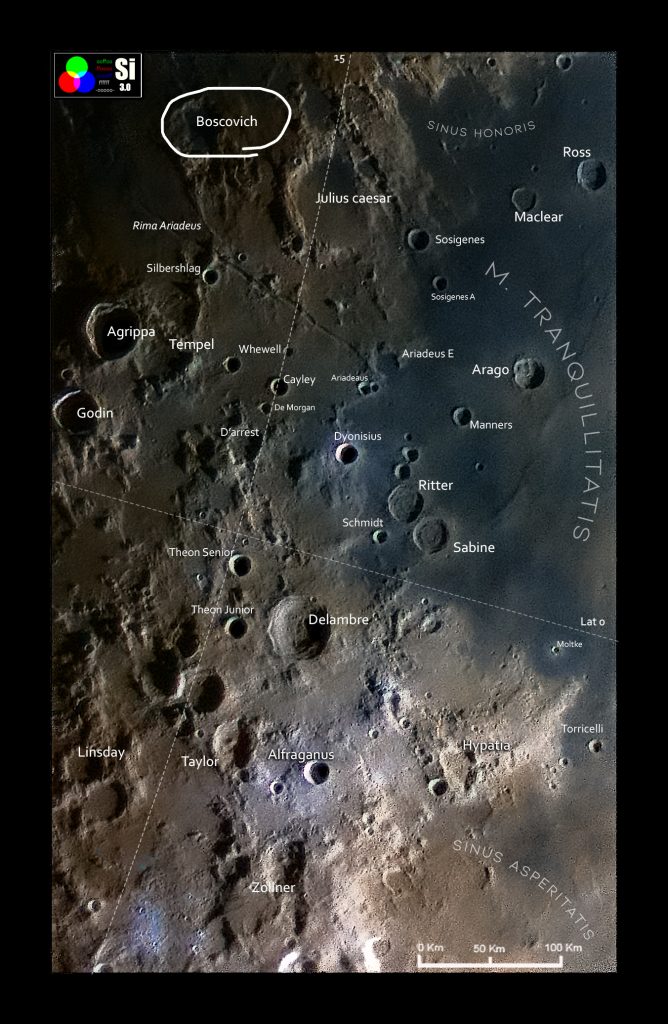
Not many of us can tell that story in the pub on a rainy afternoon, but if he was alive now, Croatian astronomer Ruđer Bošković absolutely could. His outstanding contributions to the field of astronomy throughout his life saw a lunar crater named after him in 1935.
His interest in astronomy carried on throughout his life, and his innovative mind came up with several creations. One of the most incredible of all was the very first geometric procedure for determining the equator of a rotating planet from three observations of a surface feature. As if that wasn’t enough, Croatian astronomer Ruđer Bošković came up with a way of computing the orbit of a planet from three different observations of its position.
The Boskovich crater, which has now unfortunately been almost entirely worn away by impacts from space in its immediate surroundings, is his deserved proverbial footprint on the moon. An utterly incredible legacy that extends even beyond the realms of our planet and atmosphere can be boasted about by very, very few.
He was a mathematician, physicist, diplomat, philosopher, polymath, poet, theologian, and Jesuit priest
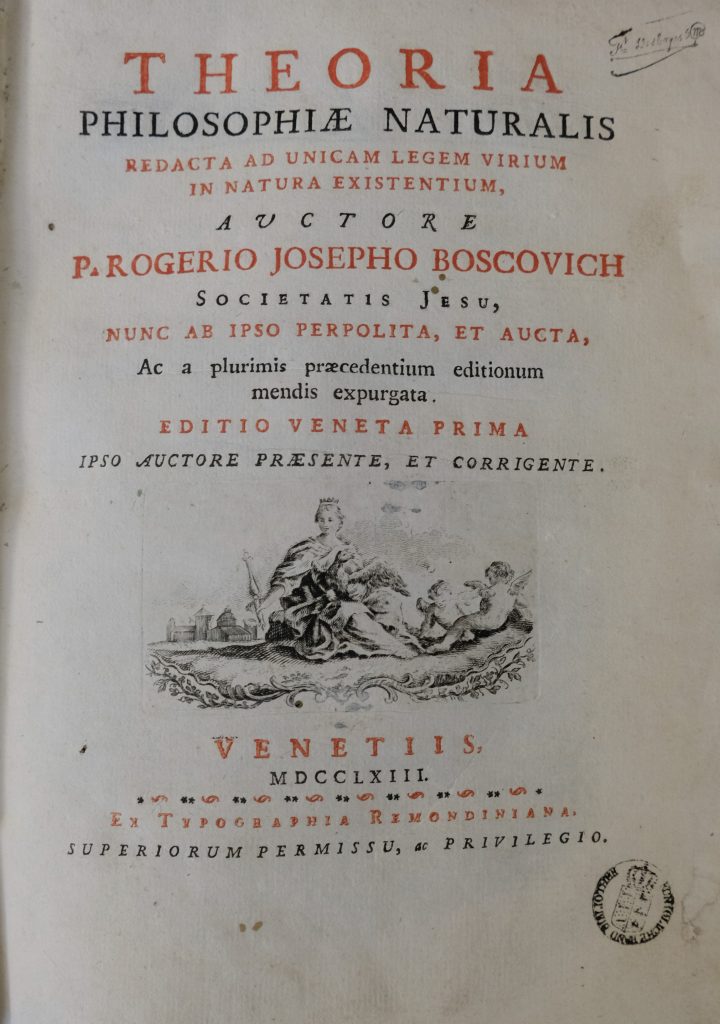
Quite the resume, you might be thinking. Croatian astronomer Ruđer Bošković was what we might call the OG of being a Jack of All Trades, but what sets him apart from other such individuals is that he was also an expert in them all. Not content with following one life path and one narrow interest, Bošković made hefty contributions and an impressive legacy in all of the aforementioned fields of study. Known as the most prominent figure of Dubrovnik’s Enlightenment and as the Mastermind of the 18th Century, he came up with the precursor of the atomic theory, wrote A Theory of Natural Philosophy, published many works in the field of mathematics and much more. He was even appointed Professor of Mathematics at the Collegium Romanum in the year 1740, while he was himself a theology student. After his studies ended, he was ordained as a priest and is remembered as one of the very few individuals to walk the line of science and religion so successfully at the same time.
The former Yugoslav State Post called him “The greatest Croatian scientist of his time”
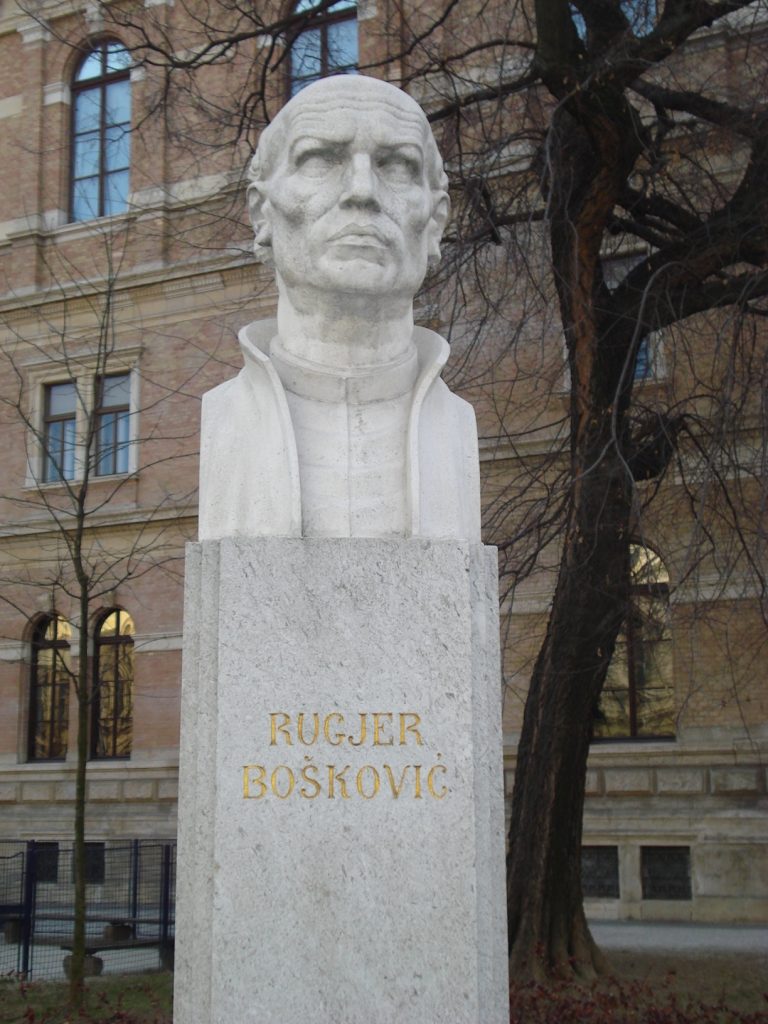
Echoing my first point about confusion surrounding nationality, despite the fact that Croatian astronomer Ruđer Bošković was very clear about being a Dalmatian from Dubrovnik, there’s still bickering to be heard. It isn’t only squabbling between Dubrovnik and Trebinje (Republika Srpska, Bosnia and Herzegovina) about airport names, either. The Croatian natural sciences and technology institute here in Zagreb is called the Ruđer Bošković Institute (or IRB for short), and the oldest Balkan astronomical society, located in the Serbian capital city of Belgrade, has also been called the Ruđer Bošković Astronomical Society since 1953. It seems, however, that the former Yugoslavia was quite clear in the way it categorised this great mind – referring to him very, very clearly as Croatian.
On the 200th anniversary of his passing, the Yugoslav State Post, which was rather ironically headquartered in Belgrade, created a stamp bearing his likeness, as well as a postcard, calling Ruđer Bošković “the greatest Croatian scientist of his time.”
Surprisingly, Nietzsche was influenced by many of his ideals
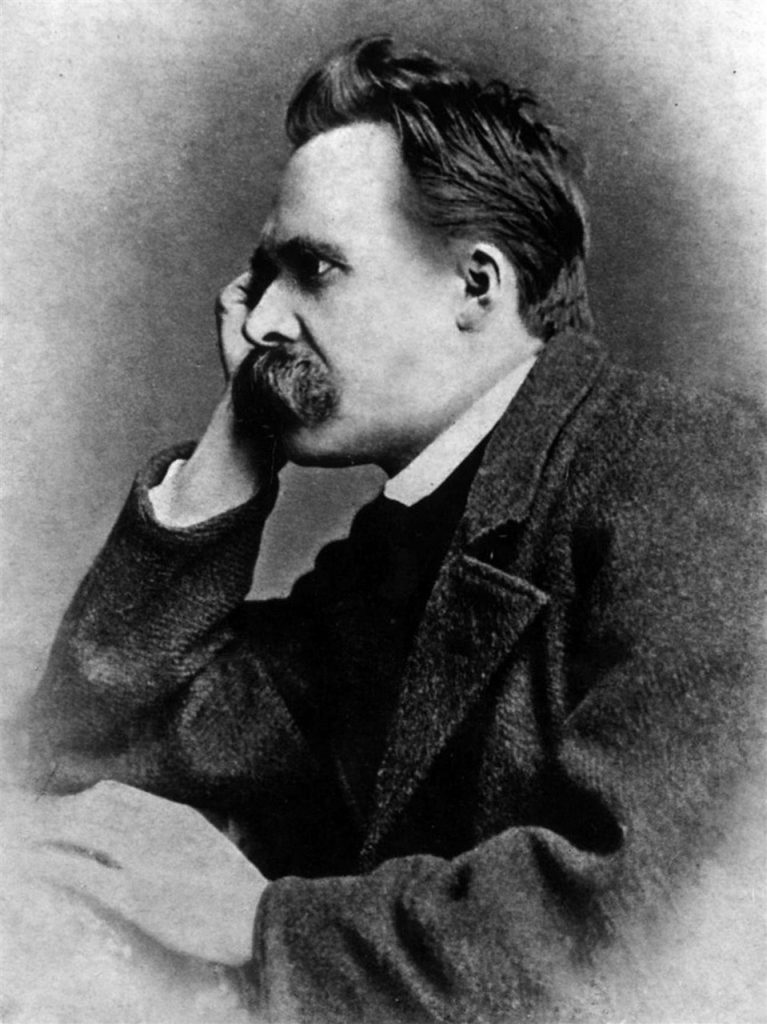
Love him or loathe him, philosopher Friedrich Nietzsche was influenced by Bošković, especially when it came to his ideas surrounding force, will and power. Known for believing and promoting the philosophy that people must craft their own identities through self-realisation, without relying on anything such as the soul or God, you might think Nietzsche’s belief system would be in stark contrast to anything proclaimed by a Jesuit priest.
This German philosopher believed that nothing transcending this natural life could be relied on in any way, and was deeply critical of European moral commitments in their traditional sense. He deplored the fact that they were all founded in Christianity.
Despite the fact that Bošković was ordained as a priest and was a religious man, he left an impression on the German thinker. In 1873, he penned “Time Atom Theory”, which in its very essence was a reworking of the Croatian physicist’s own Theoria Philosophiae Naturalis redacta ad unicam legem virium in natura existentium.

